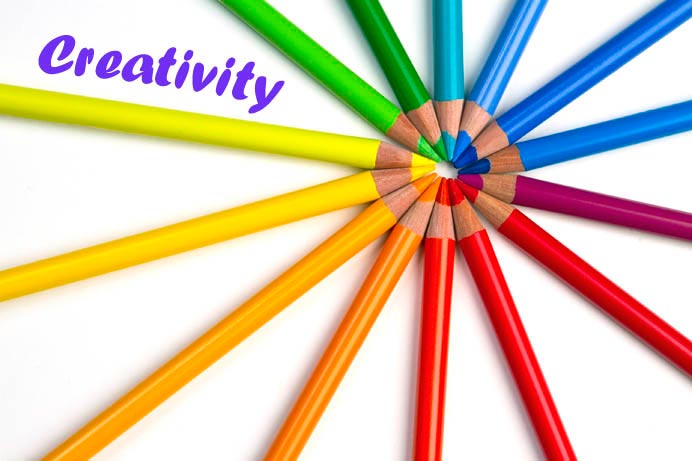The visual arts in a child-centered curriculum

Each child possesses a range of intelligences and he/she needs a variety of learning experiences in order to develop them fully.
Visual arts activities enable children to make sense of and to express their world in visual, tangible form.
They can also be unifying forces in children’s learning and development: drawing, painting, inventing and constructing bring together different elements of children’s experience from which a whole new experience can develop.
Understanding visual imagery opens additional ways of learning for children and enables them to record real or imagined ideas and feelings.
Opportunities to explore and investigate the visual elements in their environment help them to appreciate the nature of things and to channel their natural curiosity for educational ends.
The confidence and enjoyment that stem from purposeful visual arts activities can have a positive effect on children’s learning in other areas of the curriculum.
Children who have had experience in exploring and experimenting with variety of art materials and media Are likely, as they develop, to produce art that is personal.
Quality visual arts programme ensures that each child has a variety of enriching visual arts experiences in both two- and three-dimensional media.